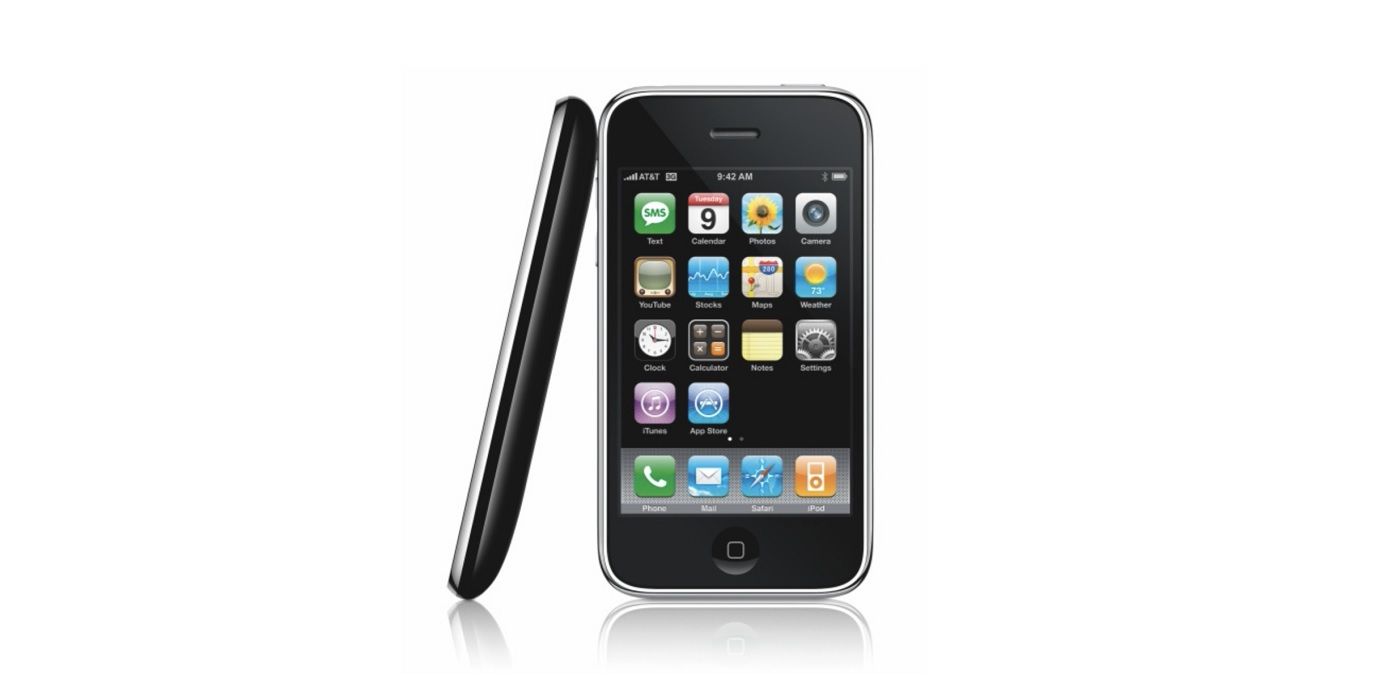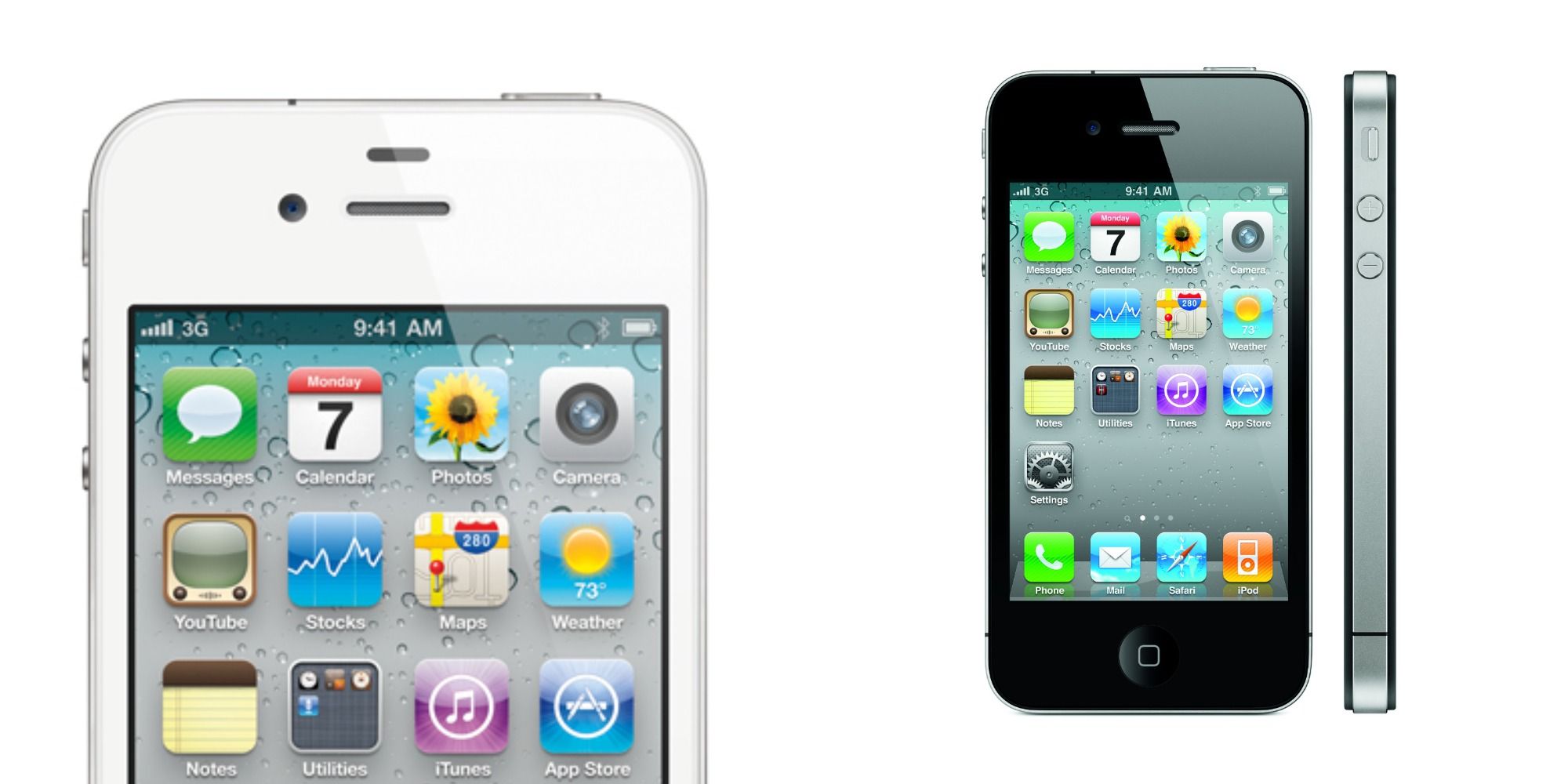Apple has consistently released an iPhone each year since its debut in 2007, but the smartphone's naming scheme hasn't always been the easiest to understand. That's why although there was a second generation iPhone, it wasn't called the iPhone 2. The first-ever iPhone was announced by the late Apple CEO Steve Jobs at Macworld 2007, and the reveal preceded a takeover of the mobile phone industry by the company. Back then, Apple referred to the device as simply 'iPhone' and its graphical user-interface (GUI) as 'iPhone OS,' with no clear indication of how future releases of the product would be named. When the second-generation iPhone was introduced in 2008, it was a direct replacement for the original iPhone, but had a creative name.
It's clear that Apple's device nomenclature is superior to other similar product lines by competing technology companies. Both the South Korean electronics maker Samsung and American chipmaker Intel have convoluted naming schemes that are difficult for the average consumer to understand. With that said, Apple hasn't been perfect in its naming of new editions of its smartphones. Historically, the company has used ascending numerals to note improvements on new versions of iPhones, but there have been deviations from that method. Apple has used 'S' to note an incremental upgrade and 'C' for color, as well as size descriptors like 'Plus.' More recently, it added 'Pro' and 'mini' options to designate increased feature set and size. In 2017, the company also released an iPhone X, which was in honor of the iPhone's tenth anniversary. In that effort, Apple completely skipped the iPhone 9, so the absence of an iPhone 2 back in 2008 isn't exactly surprising.
Instead of the iPhone 2, Steve Jobs came onto the stage of Macworld 2008 with the iPhone 3G, which brought a compelling batch of features paired with a slashed sticker price. The smartphone got its name from the inclusion of 3G antenna bands, which Apple claimed made the iPhone 3G twice as fast as its predecessor. The name made sense at the time, since the original iPhone would become colloquially known as the iPhone 2G, but it stands out in comparison to the current developments to the iPhone lineup. The phone's improved connectivity options were the most important feature to come from the revision, which supported Wi-Fi, 3G, and EDGE networking standards. Software was also redesigned to automatically switch between networking options to preserve speed, reinforcing the heavy consideration of cellular connections on the iPhone 3G.
The iPhone 4 Brought A Consistent Naming Scheme
The second-generation iPhone, called the iPhone 3G, brought an abundance of key features to the smartphone despite not receiving a sequential name. Specifically, the software update paired with the iPhone 3G added support for MobileMe, a cloud-based service that would eventually become known as iCloud. Even back in 2008, the service allowed users to sync important data like email accounts and calendars between their iPhone and Mac. The addition included support for push notifications, which would deliver crucial notifications at the time they are received. That's common today for many applications, but applications in the iPhone 3G era prioritized fetch notifications, which checked for new notifications at pre-defined intervals. The feature made the iPhone 3G far more convenient than the original iPhone, and it's why the second-generation iPhone probably deserved to be called the iPhone 2.
The mostly-consistent naming scheme that many Apple users are familiar with didn't take effect until after the first few iPhone releases. The second-generation iPhone 3G was succeeded by the iPhone 3GS in 2009. The following upgrade to the iPhone lineup was the iPhone 4, which actually resembles the current design language of modern high-end iPhones. With the introduction of the iPhone 4, the naming scheme became more predictable, with numbered releases noting significant changes and smaller updates receiving an 'S' badge. As the number of different iPhones available for purchase increased, the names became more vague, but the current lineup still reflects the precedent set with the iPhone 4.
Source: Apple


